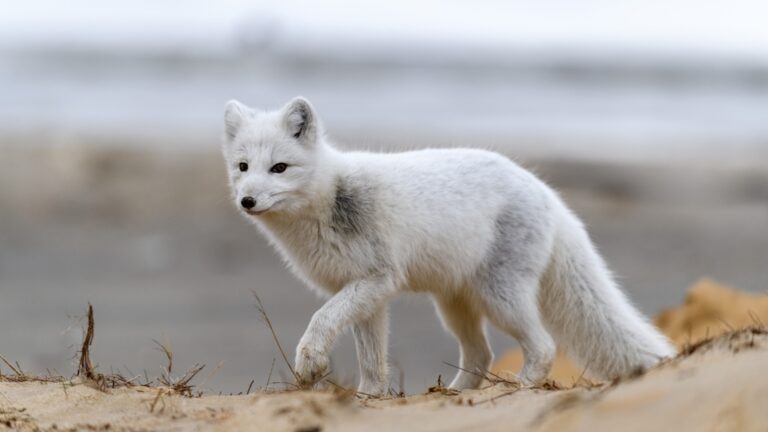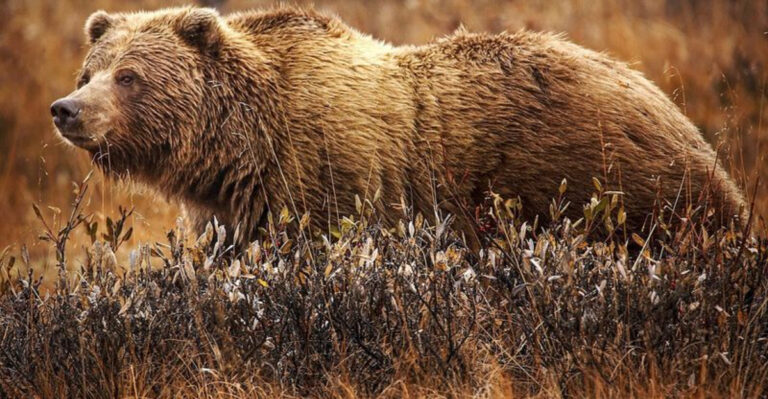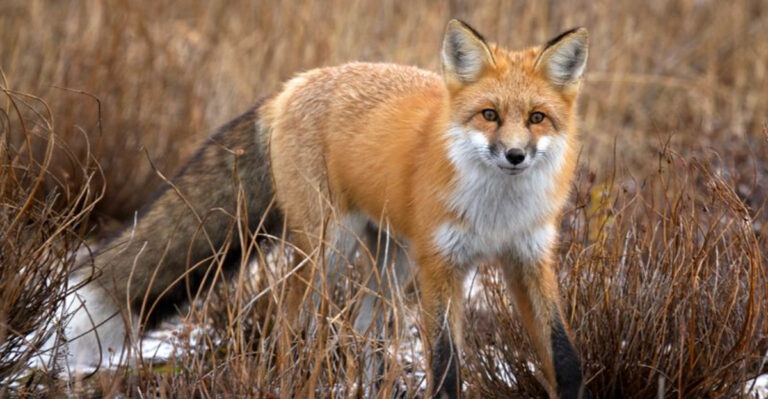14 Extinct Animals That Prove Nature Once Had No Limits
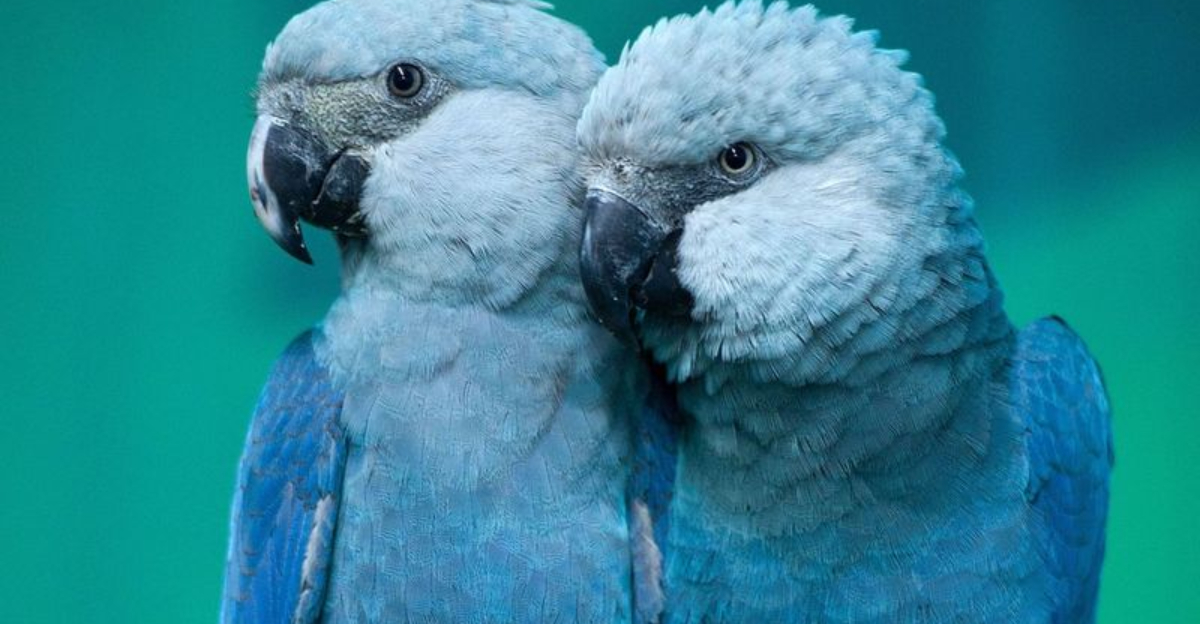
Earth’s history is filled with amazing creatures that no longer exist today. From giant birds that couldn’t fly to striped wolves that weren’t really wolves, these extinct animals show just how creative nature can be.
Looking at these vanished species helps us understand how our planet has changed over time and reminds us to protect the animals we still have.
1. Woolly Mammoths: Ice Age Giants
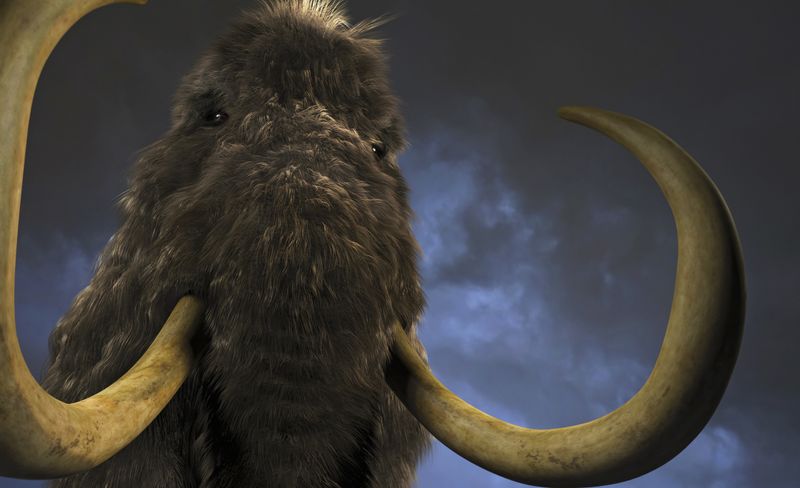
Standing 13 feet tall with massive curved tusks, woolly mammoths ruled the ice age world. Their thick fur coats protected them from bitter cold while they used those impressive tusks to dig through snow for food.
Despite their size, these gentle giants were primarily plant-eaters who traveled in family groups led by a matriarch. Surprisingly, humans lived alongside mammoths for thousands of years before the last populations disappeared around 4,000 years ago.
2. Dodo Birds: Flightless Island Dwellers
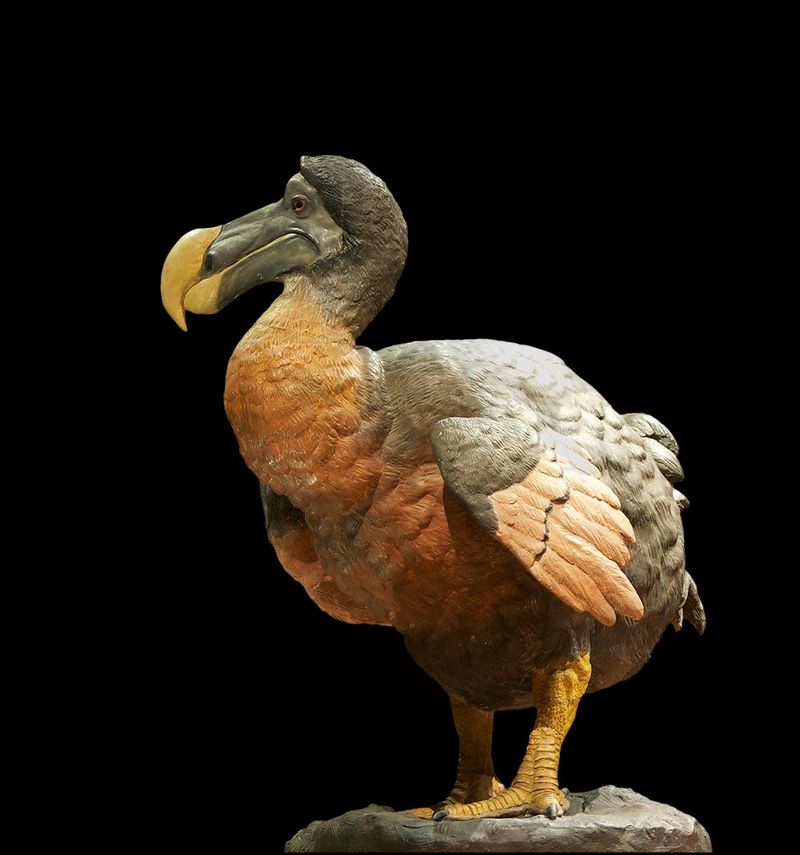
Imagine a turkey-sized bird with a comical hooked beak and stubby wings that couldn’t fly. That was the dodo, which evolved in isolation on Mauritius without natural predators.
When sailors arrived in the 1600s, these trusting birds had no fear of humans. Their inability to flee, combined with habitat destruction and introduced animals, sealed their fate. Within 80 years of discovery, the dodo vanished forever, becoming a symbol of human-caused extinction.
3. Thylacine: The Tasmanian Tiger Mystery

With its wolf-like appearance and distinctive tiger stripes across its back, the thylacine was a marvel of convergent evolution. Though resembling canines, it was actually a marsupial that carried young in a pouch.
Farmers wrongly blamed these shy hunters for livestock losses. The last known thylacine died in Tasmania’s Hobart Zoo in 1936, though unconfirmed sightings continue today. Recent scientific efforts have even explored bringing this unique predator back through genetic technology.
4. Passenger Pigeons: From Billions To None
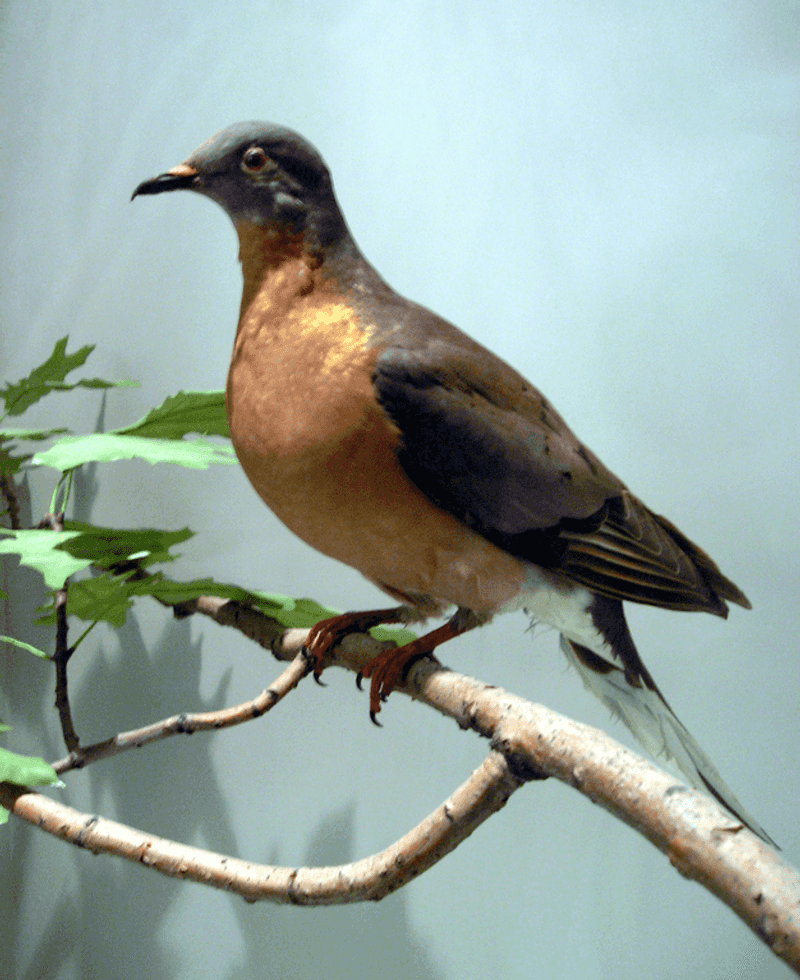
Once the most abundant bird in North America, passenger pigeons darkened skies in flocks so massive they took days to pass overhead. Their numbers seemed limitless – perhaps 3-5 billion at their peak.
Commercial hunting in the 1800s proved catastrophic. Market hunters slaughtered them by the millions for cheap meat. By 1900, wild populations had collapsed. Martha, the last of her kind, died alone at the Cincinnati Zoo in 1914, marking one of history’s most dramatic extinctions.
5. Great Auk: The Original Penguin
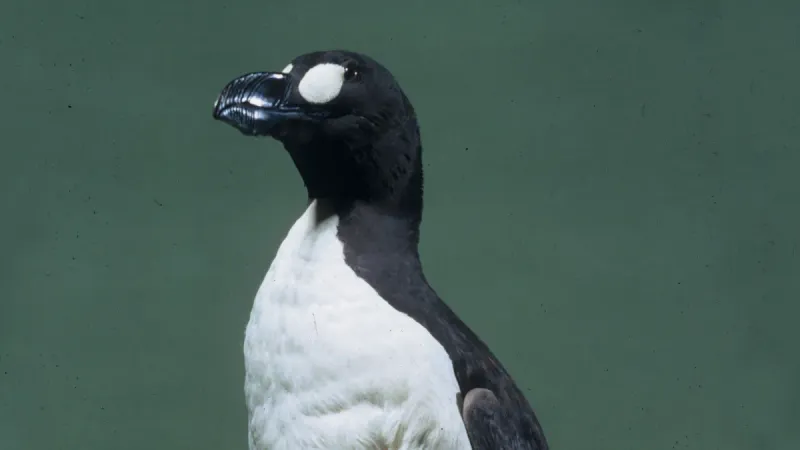
Standing three feet tall with tuxedo-like plumage, the flightless great auk looked remarkably like penguins but belonged to an entirely different family. These powerful swimmers once populated rocky islands across the North Atlantic.
Their downfall came from excessive hunting for their feathers, meat, and oil. The last confirmed pair was killed in 1844 when collectors realized how rare they had become. Today, only about 80 stuffed specimens and a few dozen eggs remain in museums worldwide.
6. Giant Moa: New Zealand’s Feathered Skyscrapers
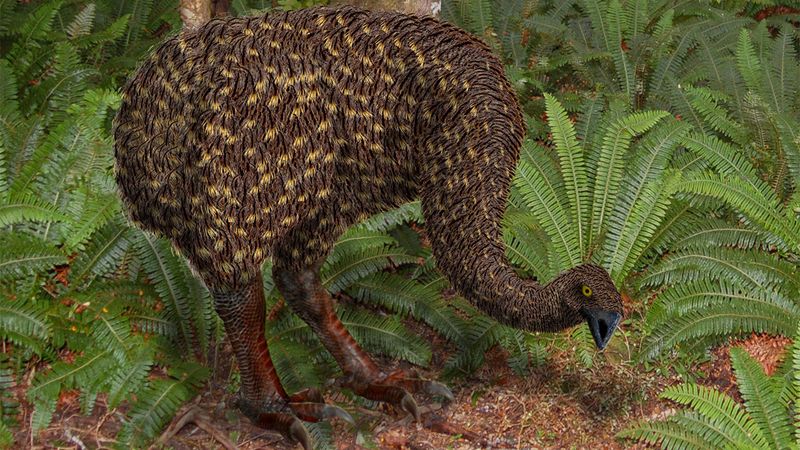
Towering up to 12 feet tall, giant moa were the tallest birds ever to walk Earth. These ostrich-like giants evolved in New Zealand’s isolated environment without mammalian predators.
When Māori settlers arrived around 1300 CE, they encountered nine moa species ranging from turkey-sized to the massive Dinornis robustus. The birds’ lack of flight or defensive adaptations made them easy targets. Within just 100 years of human arrival, all moa species had vanished completely.
7. Caribbean Monk Seal: Lost Guardian Of Coral Reefs
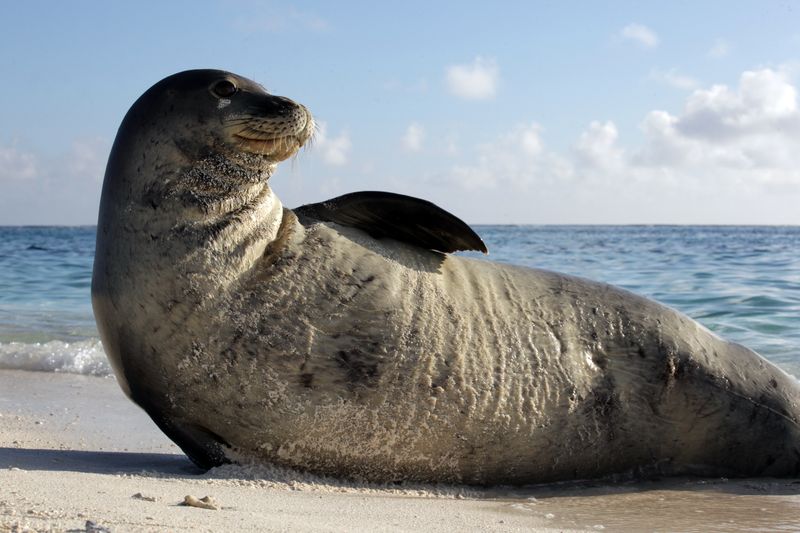
Playful and curious, Caribbean monk seals once frolicked throughout tropical waters from the Gulf of Mexico to the Caribbean Sea. These warm-water pinnipeds had rounded heads, smooth coats, and grew up to eight feet long.
Columbus noted them during his voyages, but European colonization brought intensive hunting for their oil and meat. Their population never recovered from centuries of exploitation. Despite protection efforts, the last confirmed sighting occurred in 1952, and they were officially declared extinct in 2008.
8. Pyrenean Ibex: The Animal That Died Twice
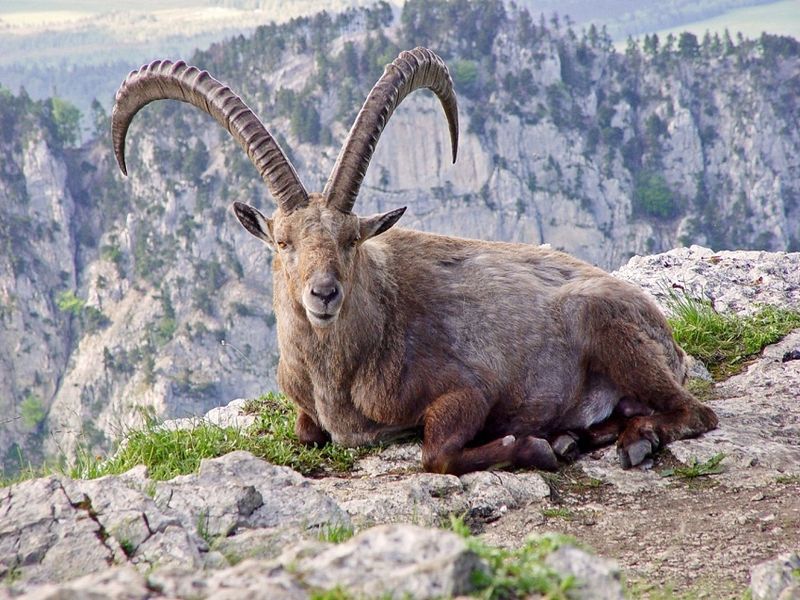
With magnificent curved horns and remarkable climbing abilities, the Pyrenean ibex navigated the steep mountain slopes between France and Spain. Males sported particularly impressive headgear that could span over 2 feet.
Hunting and competition from livestock gradually reduced their numbers until only one remained. Celia, the last Pyrenean ibex, was found dead in 2000. Scientists briefly brought the species back in 2003 through cloning, but the baby ibex survived only minutes, making it the only species to go extinct twice.
9. Woolly Rhinoceros: Armored Ice Age Tank
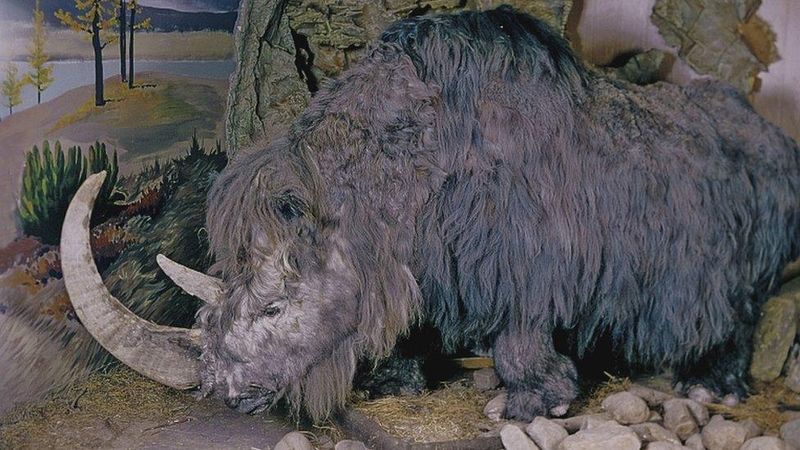
Covered in thick, shaggy fur with a massive forward-pointing horn up to 3 feet long, the woolly rhinoceros was built for the harsh ice age climate. Cave paintings show how our ancestors admired these impressive beasts.
Unlike many extinct animals, humans probably weren’t the primary cause of their disappearance. Climate change at the end of the last ice age transformed their grassland habitat. The last woolly rhinos disappeared around 10,000 years ago, though isolated populations may have survived longer in some regions.
10. Pinta Island Tortoise: Lonesome George’s Legacy
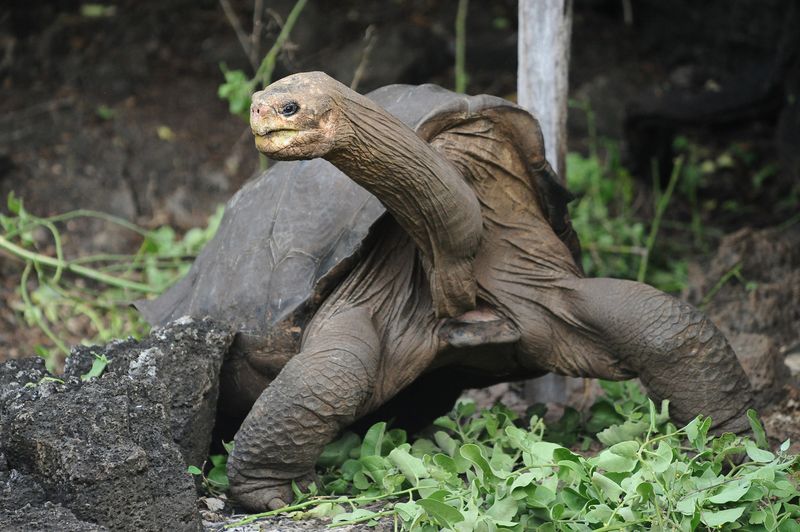
For over a century, giant tortoises with dome-shaped shells navigated the rocky terrain of Pinta Island in the Galápagos. These gentle reptiles could live well over 100 years in their isolated paradise.
When Lonesome George was discovered in 1971, he was already the last of his kind. Despite decades of conservation efforts and attempts to find him a mate, George died in 2012 without offspring. His preserved body now serves as a powerful reminder of what we’ve lost.
11. Javan Tiger: Lost Jungle Phantom
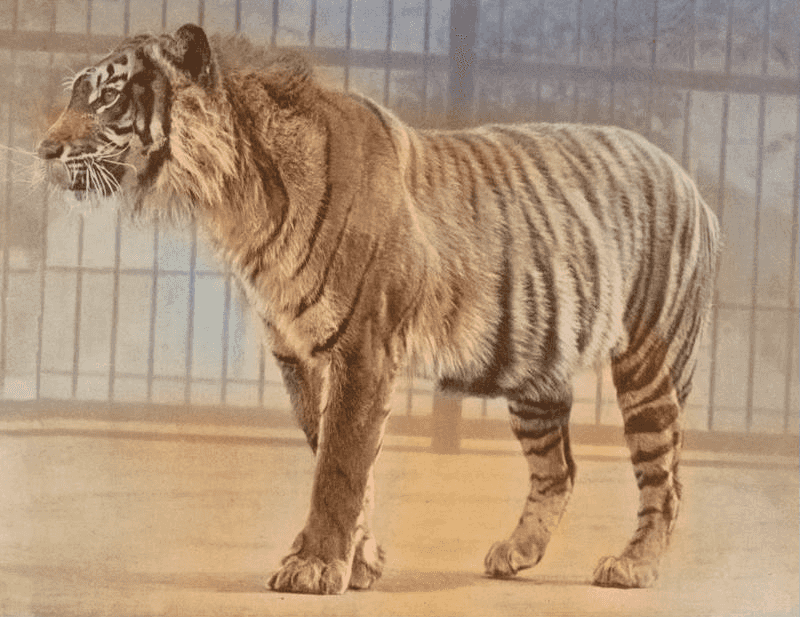
Smaller and darker than other tiger subspecies, the Javan tiger prowled through the dense rainforests of Indonesia’s most populated island. Their distinctive short, orange fur featured unusually long, thin stripes.
As human populations expanded after World War II, their forest habitat rapidly disappeared. Hunting and government-sponsored pest control campaigns further decimated their numbers. Despite protection efforts beginning in the 1950s, the last confirmed sighting occurred in 1976, with the subspecies officially declared extinct in the 1980s.
12. Golden Toad: Brilliant Amphibian Mystery
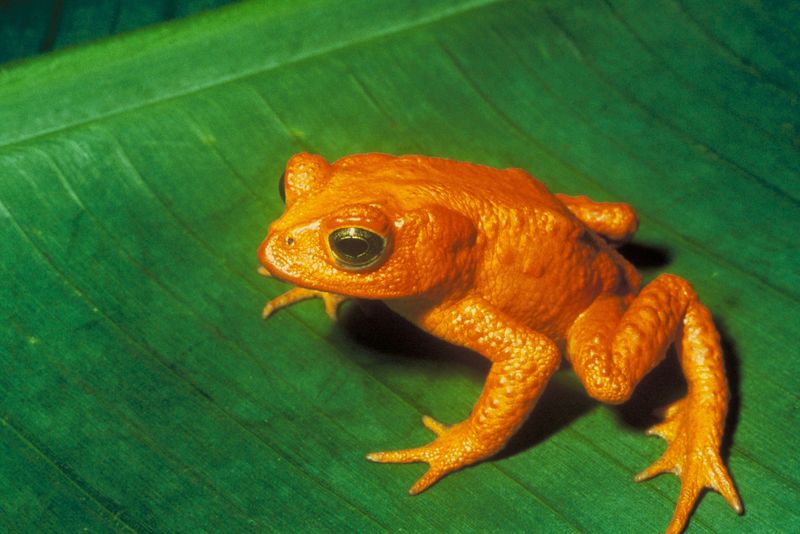
Males of this striking species displayed an almost unnatural brilliant orange color that seemed to glow against the forest floor. Found only in Costa Rica’s Monteverde Cloud Forest, these small amphibians measured just 2 inches long.
Scientists documented healthy populations in 1987, but by 1989, they had completely vanished. Their sudden disappearance became an early warning sign of the global amphibian crisis. Climate change, fungal disease, and habitat changes are believed to have contributed to their rapid extinction.
13. Moa-Nalo: Hawaii’s Forgotten Giant Ducks
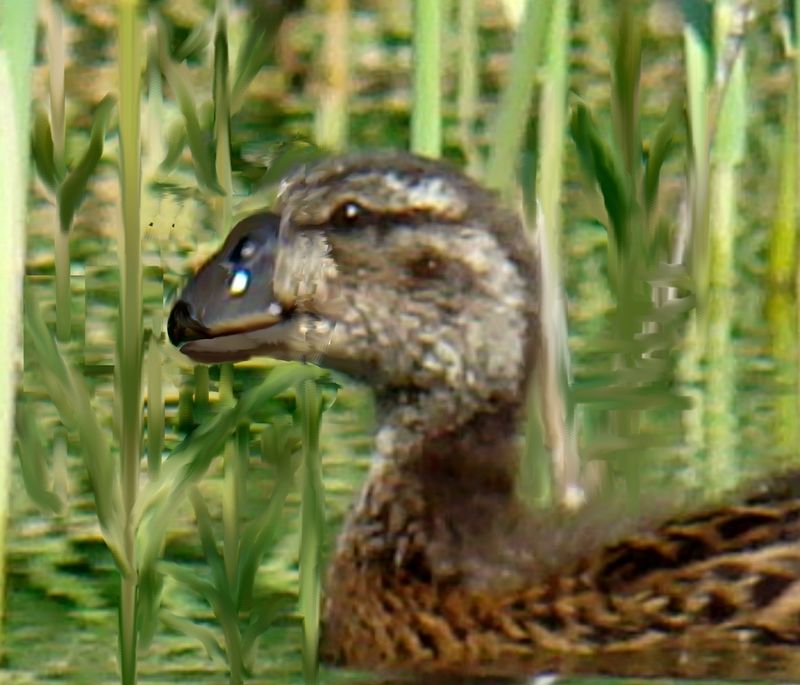
Evolution took a fascinating turn when ancestors of mallard ducks arrived in Hawaii millions of years ago. Without predators, they transformed into flightless, goose-sized birds with powerful beaks for crushing native plants.
Four species of moa-nalo evolved across different Hawaiian islands. When Polynesian settlers arrived around 1,000 years ago, these trusting birds became an easy food source. Their extinction dramatically changed Hawaii’s ecosystem, as many native plants had evolved specifically to survive their powerful digestive systems.
14. Spix’s Macaw: The Real-Life Rio Bird
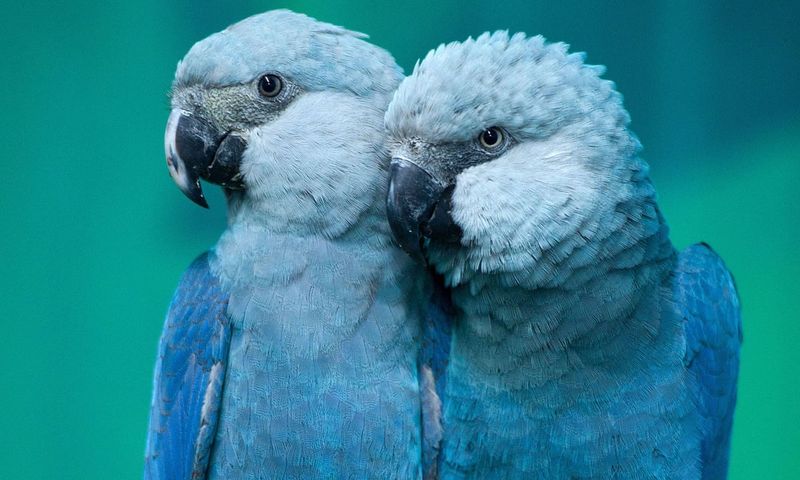
With striking cobalt-blue feathers and a distinctive gray head, the Spix’s macaw once flew through Brazil’s caatinga woodlands. Standing just 22 inches tall, these intelligent parrots lived in small family groups along riverbanks.
Habitat destruction and illegal trapping for the pet trade devastated their population. The animated movie Rio brought worldwide attention to their plight, but too late. The last wild bird disappeared in 2000, though conservation breeding programs continue with about 160 birds in captivity and plans for future reintroduction.

